‘Angrier, greedier, more arrogant’: a new Bali is on the menu
More than two years after Indonesia slammed the gates on its $11.5bn a year tourism industry, visitors are coming back hard and fast. But many there don’t want business as usual.

As the lunchtime foreign tourist crowd piles into Biku – Australian restaurateur Asri Kerthyasa’s Seminyak shrine to tea and antiquities – the Bali veteran walks the floor greeting diners like old friends.
More than two years after Indonesia slammed the gates on its $11.5bn a year tourism industry, plunging tens of thousands of Balinese into sudden economic disaster, the industry is coming back hard and fast.
Kerthyasa is thrilled to be busy and, like many on the battered Indonesian tourist island, hopes to see even greater numbers returning in the weeks ahead.
But she has mixed feelings about how quickly things are pivoting back to business as usual, despite all the discussion during the pandemic about changing the nature of Bali tourism.
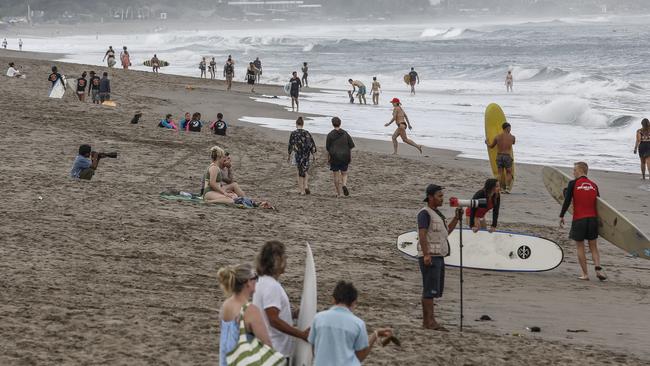
From the shuttered shops, deserted beaches and locals scavenging for recyclable plastic bottles barely a year ago, Bali is back in business. The markets, bars and restaurants are open and the surfers, yoga bunnies and shirtless tourists on motorbikes have returned.
“It’s amazing. Nobody knew the pandemic would last so long or that it would all come back so fast. All the places that were closed suddenly had to open, and open with a bang, because it’s so busy,” says Kerthyasa.
“People are so happy to be back and see that Biku hasn’t changed. There are still the same things on the menu they’ve been drooling over on Instagram for two years.”
From three foreign tourist arrivals in January and 1300 in February, Bali is now seeing more than 7000 international arrivals a day, on top of the steady flow of domestic tourism that helped keep the island afloat during the pandemic.
Though that is only 30 per cent of pre-pandemic levels, the imminent release of Ticket to Paradise – another Julia Roberts movie set in Bali, though filmed entirely in Australia during the pandemic – is expected to do as much for Bali tourism as did her earlier movie Eat Pray Love in 2010.
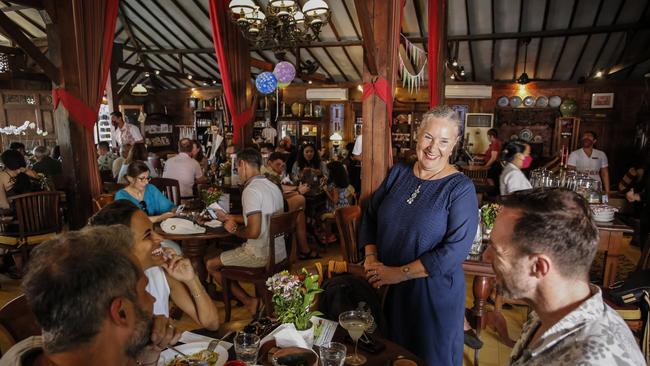
Yet as the foreign visitors have returned so too have the infrastructure woes – traffic jams and waste flows – that had turned some off the island of the Gods before the pandemic.
“We all had such hopes that things would change after the pandemic. People really wanted that but I don’t think it’s going to happen,” says Kerthyasa.
“There were so many opportunities to do things better but it looks like it’s gone back to what it was.”
Kerthyasa was better prepared than most for the reopening thanks to her decision to remain open throughout the pandemic years.
Though she did so mostly to ensure her staff had an income, it has meant she has not had to scramble – as other Balinese businesses are now doing – to restart operations.
Still, after two financial crises, two bombings, a volcano and a pandemic she is clear: “I don’t think I have another disaster in me.”
All over the island, restaurants, shops and hotels are once again rebuilding, renovating, restocking and rehiring to meet the pent up demand now flooding the island.
In the Ubud mountains north of Denpasar, Australian entrepreneur Janet De Neefe’s first food festival in three years drew almost 9000 people to the village late last month.
“It was so exciting! I knew it would be successful because as soon as we mentioned we were doing it people came from everywhere. The weather was terrible but people were dancing in the rain,” she says.
Like businesses further south, De Neefe has had to scramble to renovate guestrooms at her stalwart Honeymoon guesthouse and restaurants which she too kept open throughout the pandemic to support her staff.
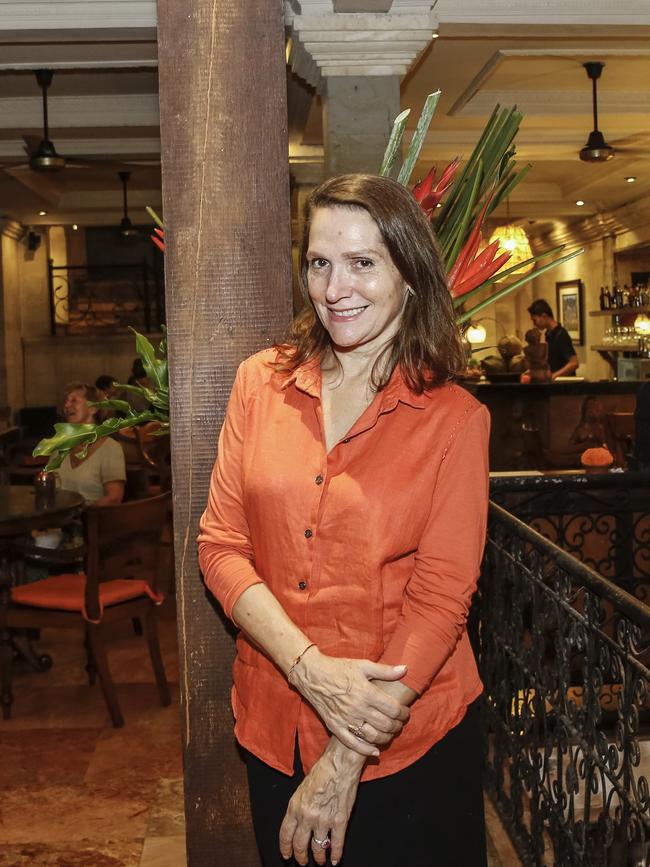
“We knew July would be busy but suddenly by April and May we were seeing people coming back and we hadn’t finished fixing up the rooms,” she says.
Among the diners at her Casa Luna restaurant last Tuesday were a Californian grandmother and granddaughter, a Melbourne couple in their 80s who have been holidaying annually in Bali for 30 years and a number of European and Indonesian families. All were thrilled to be there and unfussed by the traffic once again clogging the Ubud’s narrow mountain streets.
But even as De Neefe has tearily welcomed back the tourist flows, she too has mused over how to bottle some of the enforced slowdown that Covid brought to Bali.
The return of international tourism after two long years in which many Balinese struggled to put food on their own tables has been greeted with almost universal warmth and enthusiasm across the island, though Kerthyasa and De Neefe are hardly alone in worrying about the nature of the revival.
Bali’s self-reflection is not solely a product of the pandemic. Even before Covid struck, there was debate about the need to wind back the mass “zero dollar” tourism that was crowding the island and threatening to transform it into just another tropical tourist trap.
In the months before the pandemic hotel occupancy rates were down to just 60 per cent.
With Chinese tourists still subject to draconian Covid restrictions at home, Australians and now Indians are Bali’s largest foreign tourist market though the hard Covid years has seen a transfer of some assets as Balinese families were forced to sell businesses and land to outsiders. Some sold to Javanese, others to Russians and eastern Europeans.
This week, Indonesian tourism minister Sandiaga Uno said he did not want to see Bali return to the mass tourism of the pre-pandemic era. Instead, he wanted fewer tourists staying longer and seeking a deeper, more sustainable Bali experience.
“I want everyone to believe that the revival of Bali…will be better in terms of quality and environmental sustainability,” he says.
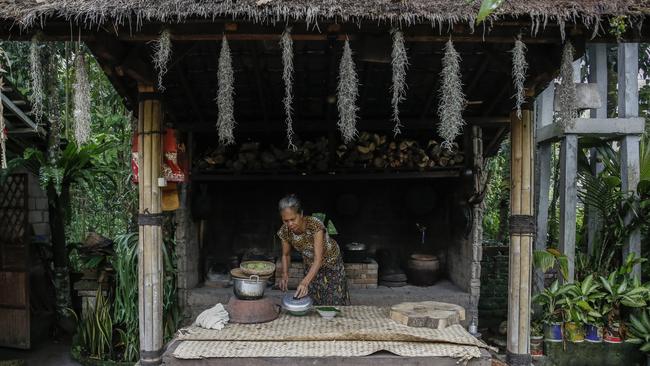
“Maybe in terms of quantity, Bali will not reach the six million tourist visits like it used to be before the pandemic, the number can be lower but the quality better in terms of length of stay, in terms of traffic jams, in terms of how we manage the waste.”
Sandiaga has flagged a possible five year “digital nomad” visa for expats who want to work remotely from Bali and this week launched a new eco-tourism concept in west Bali to encourage tourists to venture beyond the usual tourist magnets of Seminyak, Canggu, Kuta and Ubud.
“Our work in Bali is to distribute the load with a focus on eco-tourism. I’m sure the revival of Bali will be better than it was before,” he told The Weekend Australian
Not everyone shares his optimism however.
“It’s not so much that tourism has come back fast as it has come back so violently,” says Kali Sari, another Australian Bali veteran whose recycled paper business and a small home bakery thrived during the pandemic even as she was forced to close her popular Three Monkeys restaurants in Sanur and Ubud.
“I would have liked to have seen a more progressive reintroduction. It’s a real shame that while in Bali everyone was struggling to keep their heads above water the government sat around waiting for the tourists to come back. I know it’s a big job and there’s a lot to be done but it just seems like nothing was done. Pick a problem; overhead cables, blocked drains, traffic rerouting, rubbish.
“Bali is like this unsinkable ship. It keeps afloat somehow but it does seem like everyone who has come back is congregating in Canggu whereas before it was busy all over.”
Canggu – known among locals as Kampung Bule (foreigners’ village) – is pumping, even as the high cost of airfares has kept away the Bintang party crowd and budgeting families that would normally patronise Bali’s Kuta district.
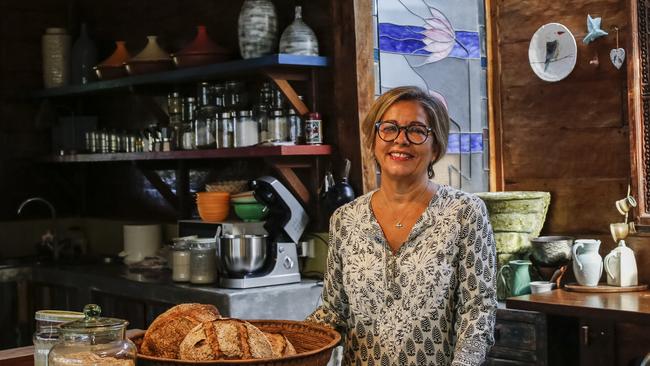
On its main drag this week, Gold Coast businesswoman Tammy Sadler was one of a handful of shoppers picking through T-shirts and caps at Deus ex Machina, one of Bali’s most successful home-grown businesses, with her daughter Chanel.
It’s been three years since the family has been back to the island that she and husband Adam hope eventually to move to once the kids have finished high school.
“We were due to come for Easter holidays but Adam got Covid and we are definitely glad we were forced to delay because there is so much more open now,” says Sadler.
“People are telling us it’s so different to even a few months ago. Everyone is so appreciative that tourists are back and there’s been lots of talk about the struggles over the past two-and-a-half years.
“But Canggu – oh my goodness. It’s becoming the new Kuta. My husband was saying maybe we should stay here and I was like, ‘Yeah, nah’.”
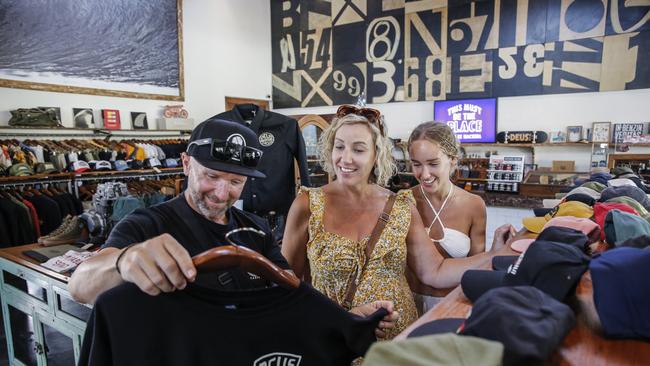
Fransiska Natalia, who heads Bali’s Village Ecotourism Network, says a lot of good work was done during the pandemic, when so many tourism workers returned to their villages to farm or start small agricultural businesses.
Many younger Balinese spent their pandemic building up the capacity of their local villages to accommodate tourists looking for a deeper, slower more cultural experience, with little help from local government. So far, only around 25 per cent of them have returned to tourism jobs in the south.
“This sort of alternative tourism allows the local community to participate, to conserve natural resources while also increasing the capacity of the community,” says Natalia.
“So that the community isn’t just an object of tourism, or expelled from their own territory as they have been by mass tourism.”
Those determined to shift Bali’s tourism focus are taking heart from a recent increase in interest among travel agencies and buyers for smaller operators offering ecotourism and village experiences, though it is too soon to tell whether that is simply a product of the slow restart of group tourism.
Putu Winastra, a member of the Bali Tourism Promotion Board who is also trying to foster small scale tourism in his village of Undisan, says there has been a rise in solo travellers and families looking for smaller villas and homestays that offer nature and cultural experiences.
“It’s quite interesting,” he says. “Australian tourists are looking for something they have not experienced before. They want ecotourism, nature, villages and open space.
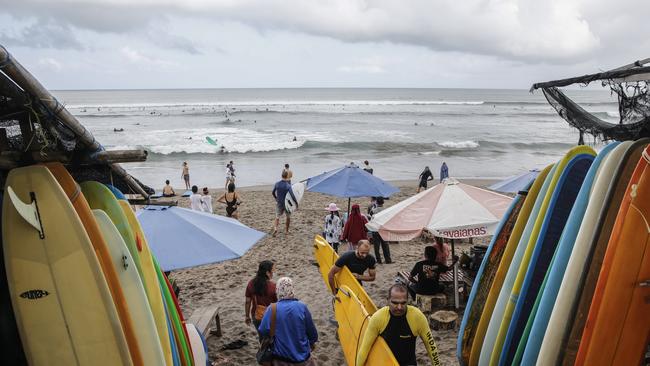
“In villages they can see the daily lives of Balinese people; we can take them tracking, teach them how to make jamu (traditional tamarind drink), give them cooking classes, dancing classes – things that Balinese people do every day but foreigners never knew about.”
Wayan Suartana left the mainstream tourism industry almost 20 years ago to set up his own eco-tourism venture, Pondok Harmony, in his village of Taman Bali, north of Ubud.
At his traditional Balinese compound on the edge of a river and tropical jungle he can accommodate a few visiting families at a time who want to see the “real Bali”, the agricultural idyll where people grow the food they eat and where the rituals of Balinese Hinduism provide the metronomic pulse to a slower daily life.
Like many Balinese, Wayan believes the pandemic was a warning and also a lesson.
“Before the pandemic, tourism in Bali was chaos,” he says. “With mass tourism people were getting angrier, greedier, more arrogant. I was worried that people would stop enjoying Bali.
“I thought; ‘What if no more tourists come to Bali?’ Then corona came and – bang – no more tourists.”
“I hope people understand now,” he says. “Coronavirus is like a lesson. We have to remember this and change our mindset. We can have a tourism season where it’s busy for a while, no problem, but not mass tourism all the time.
“We need to thank Bali for its nature by just taking enough, and not more than what we need.”

To join the conversation, please log in. Don't have an account? Register
Join the conversation, you are commenting as Logout